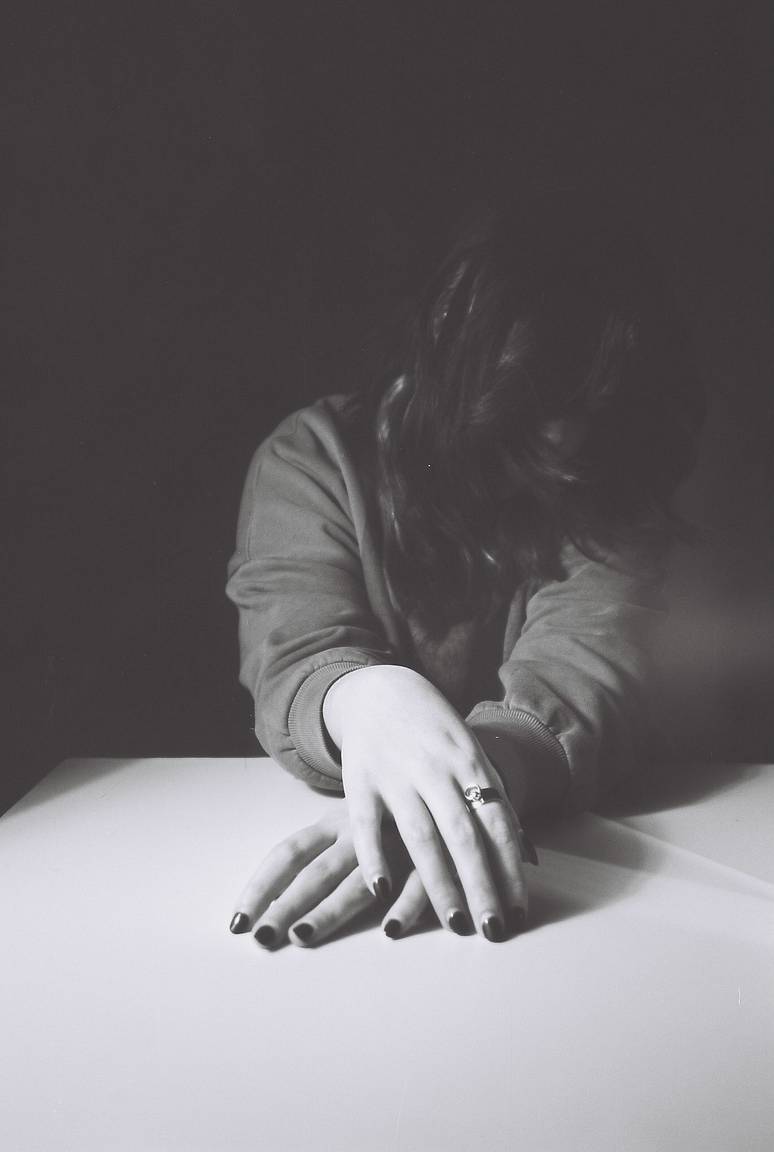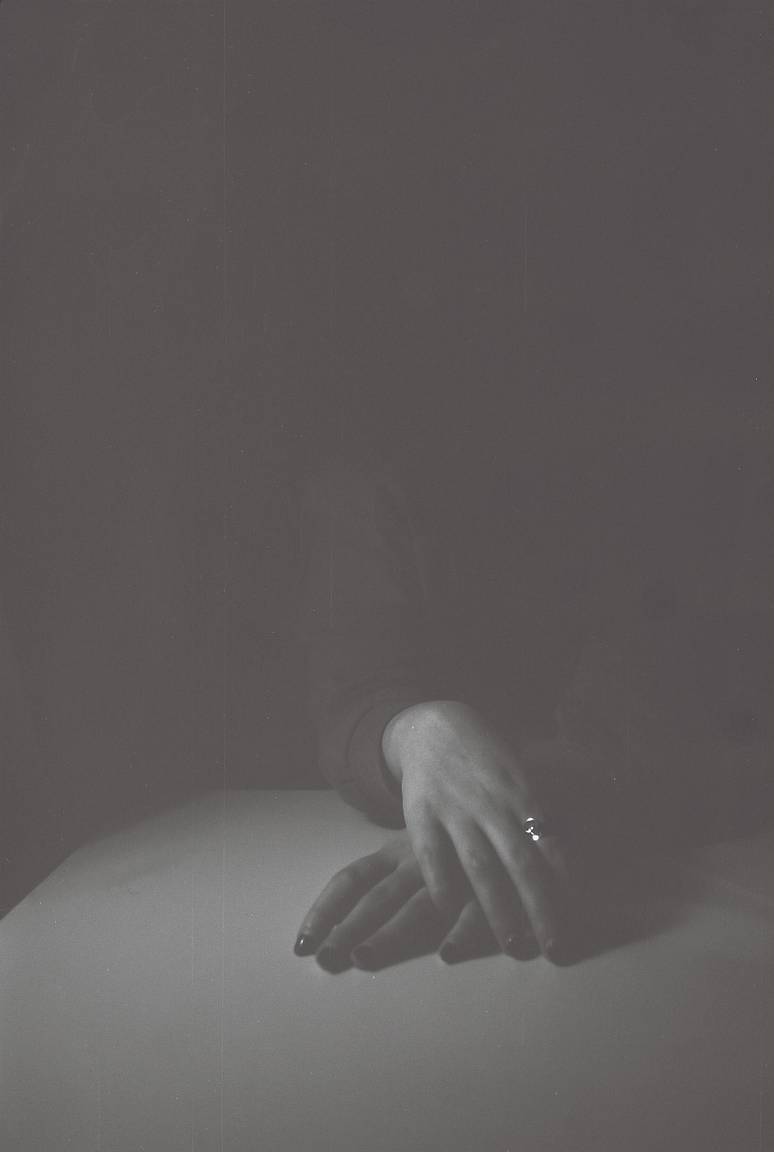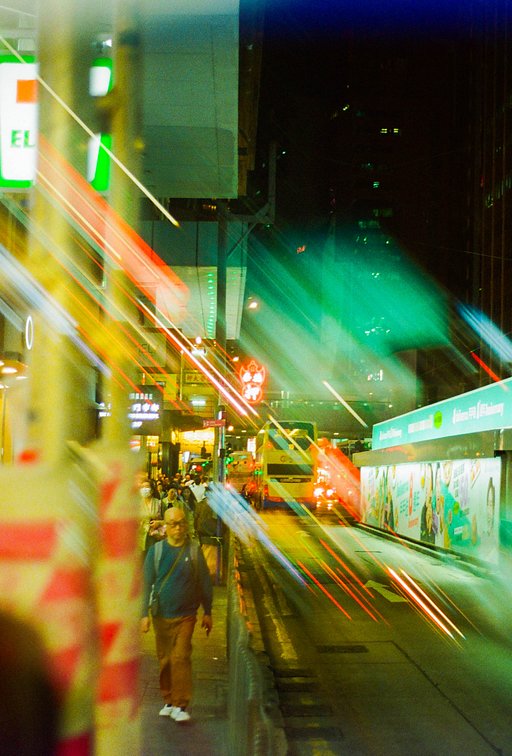Tipster: Pulling the High Contrast Fantôme Kino B&W ISO 8 Film
2 4 Share TweetWhat makes black and white unique is the versatility of each negative when properly handled. For this tipster, we tested Fantôme Kino B&W 35 mm ISO 8, a low speed black and white film with an iconic high contrast look.
A beloved film of ours, this stock can be challenging when we get into the darkroom to print. Since high contrast means stiff jumps between the highlights and shadow areas, it makes dodging and burning, or split filtering, insufficient to get a satisfactory image. That is why it is crucial to know the final purpose of your film and how it will be used.

Contrary to what many believe, a good negative for a darkroom print can look different from a negative we only wish to share online. Sometimes, it's best to have a flat negative, to work with contrast through a paper of choice, filters, and time. When we work with a digital file, the flexibility of a tiff or jpeg, is not equal to what a negative needs in the darkroom. That is why having a plan in mind for your photos will mean you're never caught off guard.
In this article we are looking at possible ways to develop a contrasty black and white film and get a flatter negative good for darkroom prints. One technique that can be useful is pulling. This common technique of pulling film can be an effective way to flatten your negative.
Pulling:
Developer: Rodinal 1:50
Time: 6 min
Inversions: Twice. First 10 seconds constant agitation, and at half time 10 seconds.
Fix: 4 min
Wash: 5 min
We referred to the massive development chart for the dilution rate, and we decreased about one stop, from 8 min to 6 min. When we shot this film, we wanted to test different exposures, and so we bracketed each image, metered on the focused area, and from there we did -1 stop, -2 stop +1 stop, and +2 stop. On the overcast day, we metered for the center of the image.
From these results we can see that choosing to pull during development has granted the film an extended range of working possibilities. Whichever way you wish to use this negative, it still gives plenty of room for working in post, and making adjustments to get your favourite contrast level. Pulling the Fantôme film looks suitable if you are at the beginning of your darkroom journey, and still learning to work with different kinds of papers and printing techniques.
We were pleasantly surprised by the results. This film is usually a very high contrast film, and its distinctive look is what makes it special. But we couldn't help but appreciate the extended range of grays that resulted from pulled development. This is further proof that each film can be full of surprises if handled in different but controlled ways. The art of analogue photography is not confined to the shooting but rather, is a full experience that starts with your camera and ends in the darkroom.
Have you ever tried different development techniques? Share your experience in the comments below.
written by eparrino on 2024-02-27 #tutorials #black-and-white-film #pulling #contrasty-film #ortho-panchromatic-film #developing-techniques



























2 Comments